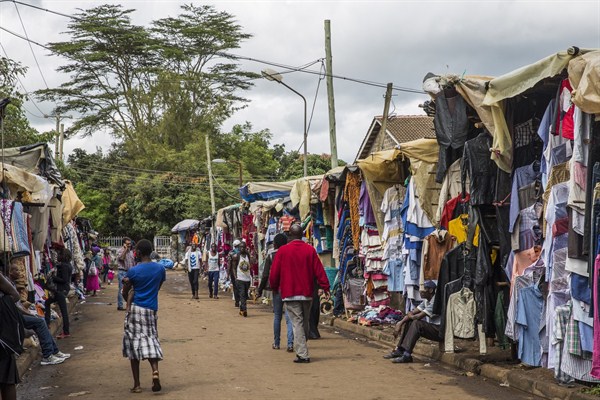More than five years in the making, the ambitious African trade agreement known as the Tripartite Free Trade Area (TFTA), officially launched in June, aims to bring together three key African trading blocs—the Southern African Development Community (SADC), the East African Community (EAC) and the Common Market for Eastern and Southern Africa (COMESA)—to create a common market spanning the continent from Cairo to Cape Town. With a huge free trade zone encompassing a region of more than 626 million people and a total gross domestic product of $1.2 trillion—equivalent to 58 percent of the continent’s entire GDP—the deal hopes to succeed where earlier, smaller efforts have failed in boosting intra-African trade and economic integration.
So far 16 countries have signed on, with another 10 expected to do so after they fully comply with their own internal protocols for joining a binding international agreement. Although the endorsement of 26 African heads of state is in itself a major achievement for the TFTA, there are still many barriers that must be overcome to make this deal a success before negotiations are concluded.
High expectations have been placed on the deal by policymakers and politicians across the continent, with the African Union saying the trade zone will be up and running by 2017. Throughout the negotiations for the TFTA, the main goal has been the full liberalization of tariff schedules across Africa. Proponents of the deal believe it will be a stepping-stone toward a full continental free trade agreement.

